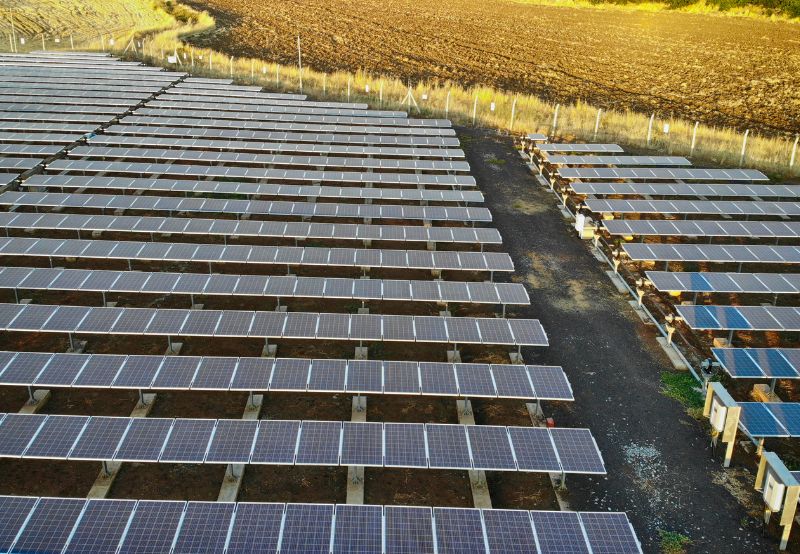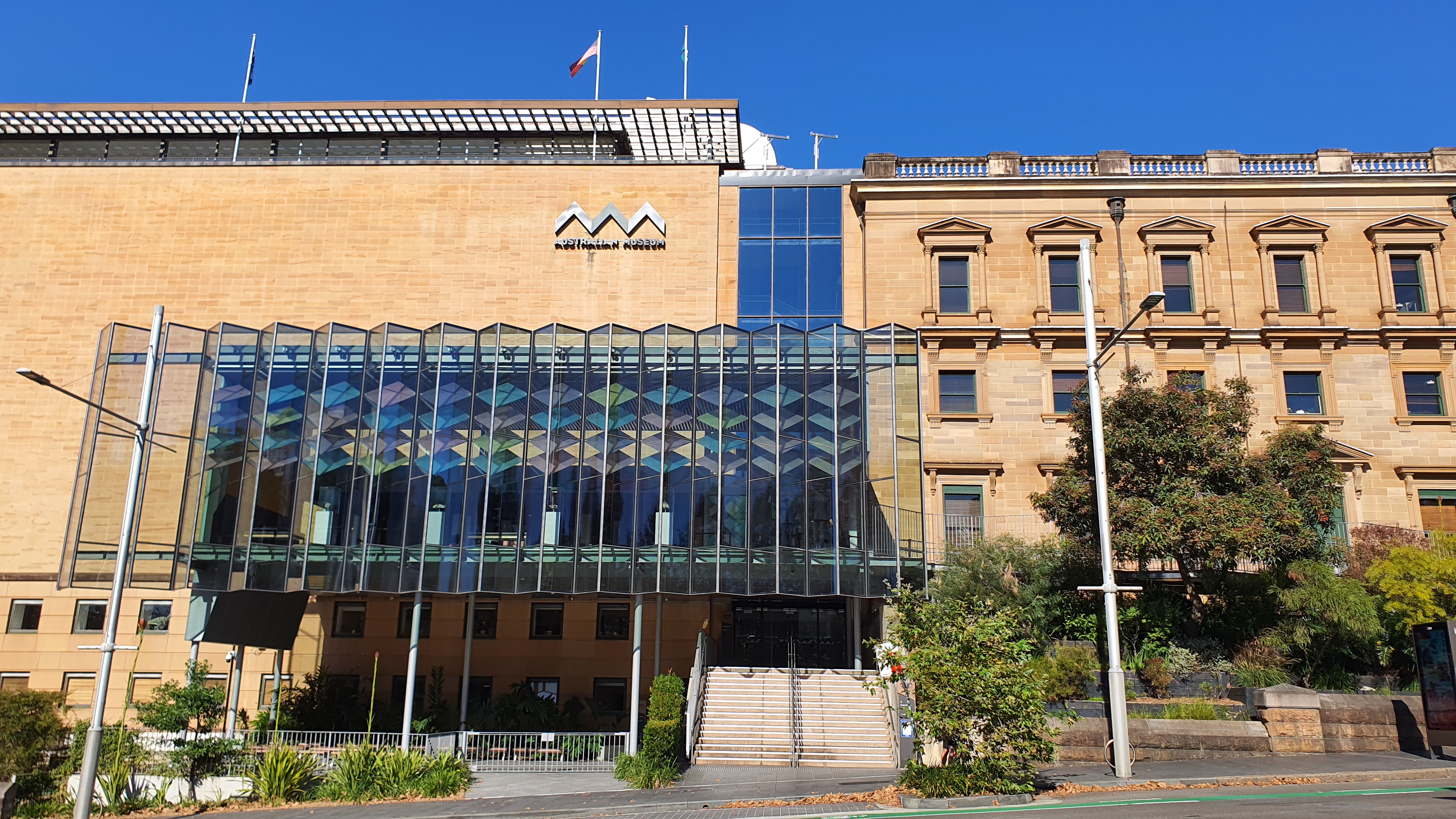Rivers are hardly spared the effects of climate change. Droughts and meteorological phenomena affecting major rivers are disrupting river transport, which is essential to the activity, development and economy of certain towns and states. What are these phenomena and their impact? How can we meet this ecological and economic challenge? Laurent Giacobbi, Associate Research Fellow at IRIS, specialised in the strategic challenges of climate change and teaches at the University of the West Indies.
For several years now, major rivers have been experiencing severe drought, which is having an impact on human activities. What are the symptoms and reasons for this?
Just as the Panama Canal has been experiencing difficulties in recent months, many rivers around the world are having to cope with more frequent and more extreme periods of drought.
In July 2023, the water level in the Rhine fell to 1.6m, while the low-water mark was 2.1m. This drop is particularly problematic at certain bottleneck points, such as near the town of Kaub in the Koblenz region. The cause: low rainfall in the spring due to climate change. However, although the fall in the river’s water level was significant, it was limited by the meltwater from the glaciers, which, thanks to more intense sunshine, partly offset the consequences of the drought. However, by 2050, the predicted decline in snow cover and the disappearance of the major glaciers could mean a quarter of the river’s transport capacity.
On the other side of the Atlantic, rivers in Brazil and the United States are also affected. In the United States, the National Integrated Drought Information System indicated in October 2022 that more than 44% of American rivers were in a state of drought. In fact, in the autumns of 2022 and 2023, the Mississippi was hit by extreme drought. In Brazil, in October 2023, the Rio Negro, one of the Amazon’s main tributaries, ran almost dry. For scientists, the explanation lies in the combination of El Niño, a natural cyclical meteorological event, and climate disruption in the form of high water temperatures in the North Atlantic: the combined effect of these two situations is to reduce the formation of rain clouds over the forest.
The Amazon, the Mississippi, the Rhine, but also the Loire, the Danube, the Nile, the Po and the Yangtze… the list of major rivers affected by intense drought continues to grow as extreme weather events multiply. This gloomy picture needs to be qualified, however, as not all rivers are affected: the Seine, for example, has not experienced any restrictions on navigation thanks to the dams adjacent to the locks and its four large reservoirs designed to regulate winter flooding.
What are the consequences of such phenomena for people and their activities?
The problems of reduced flow in major rivers represent a major economic challenge and have an impact on many human activities, not least river transport.
All these rivers have historically been, and still are, veritable development corridors. On the Rhine, some 330 million tonnes of goods are transported every year between Switzerland, France, Germany, Belgium and the Netherlands. But 10 cm less depth means an average « loss to transport » of 100 tonnes per barge: at the height of the drought, they could only be loaded to 30% of their capacity, with a corresponding loss of earnings. For this major industrial artery that is the Ruhr, the complications are reflected both in terms of imports of raw materials and exports of finished products: for example, the chemical giant BASF, which transports 10,000 tonnes of raw materials every year on the river to meet the needs of its factories, last year announced a loss of 250 million euros due to navigation difficulties on the Rhine. In Romania, in the winter of 2021, the port of Sulina, at the gateway to the Danube, saw a queue of more than 100 cargo ships trying to sail up the partly dried-up river. Other, more confidential activities, such as river tourism, are also affected: in France, this sector, which is worth €1.4 billion, has been forced to cancel a number of cruises during the summer of 2023 following the closure of almost 600 km of canals due to the drought.
The disruption to river traffic is also having an impact on agriculture. The drought in the Mississippi occurred at the same time as the soya and maize harvests, 90% of which use this river route to reach the major export ports in the Gulf of Mexico. In Brazil, barges transporting maize for the Asian market were forced to halve their loads: food prices rose mathematically in a context already marked by inflation due to the Russian-Ukrainian conflict. Not only are rivers essential sources of irrigation, but the recurrent low flow at their mouths is leading to problems of salinisation of the soil, as in the Mississippi delta, which is gradually being invaded by sea water, and the retreat of farmland: in Egypt, farmland is losing ground to the Mediterranean Sea and is no longer fertilised by precious silt.
Energy flows and production are also affected. For example, coal supplies to German thermal power plants are being disrupted by navigation difficulties on the Rhine. As for nuclear production, power plants need cooling systems for their reactors, which are undermined by repeated droughts: in 2018, 2019 and 2020, the Chooz nuclear power plant in the French Ardennes had to be shut down due to a lack of water. The Romanian government hesitated to do the same in 2023 with the Cernavoda nuclear power plant.
Last but not least, rivers are a source of drinking water for the populations living along their banks: in Germany, 30 million people depend on treated water from the Rhine for their personal consumption, and in China this figure rises to 600 million for the Yangtze River. The balance in the distribution of water in these rivers therefore needs to be rethought, which is bound to create friction between the various users: conflicts of use are likely to intensify over this resource, which is becoming scarcer as the effects of climate change become more apparent.
What is being done to meet this new climatic and economic challenge?
The first reactions often involve dredging rivers to deal with the emergency: Germany, Brazil, the United States and Romania have all launched major projects to deepen river beds and improve navigability.
Looking ahead to a future with worsening climate conditions, a number of adaptation options are being considered. River transport companies on the Rhine are working to develop innovative barges that are both economically viable and capable of continuing to navigate during low-water periods. While large vessels are the most profitable, they are also the most affected by restrictions on draught and weight. The construction of smaller vessels, which would carry lower tonnages but benefit from a shallower draught, therefore seems a promising avenue.
Appropriate commercial and logistical management would make it possible to limit the costs of these droughts: chartering contracts over longer periods in order to level out the vagaries of river flow, optimising handling via additional storage capacity, improving scientific and digital tools to better anticipate low-water periods, adding barges to a pushed convoy during dry seasons are all solutions that could and should be put in place.
The use of intermodal solutions – road and rail – could be favoured, particularly in Europe and the United States. For example, the port of Strasbourg recently inaugurated its new multimodal south terminal, for which it has invested 50 million euros. However, load breaks are additional costs that would be added to the « low water surcharge« , a temporary tax applied by certain companies, which could fuel an already high inflation rate. In addition, rail and road traffic are facing saturation problems and cannot become a satisfactory complementary option in the long term without major infrastructure works. Finally, in terms of sustainable development, this option could prove highly paradoxical: while river transport is a low-carbon mode of transport capable of limiting the effects of climate change, it is one of the first victims! The fact is, the alternative solutions available by land are unlikely to help reduce the carbon footprint of freight transport, since loading a barge is equivalent to loading 160 lorries or 125 wagons!
With climate change, river water is becoming a precious resource and a major strategic issue, contributing to tensions that could disrupt the fragile economic, social, environmental and security balances in certain places.




